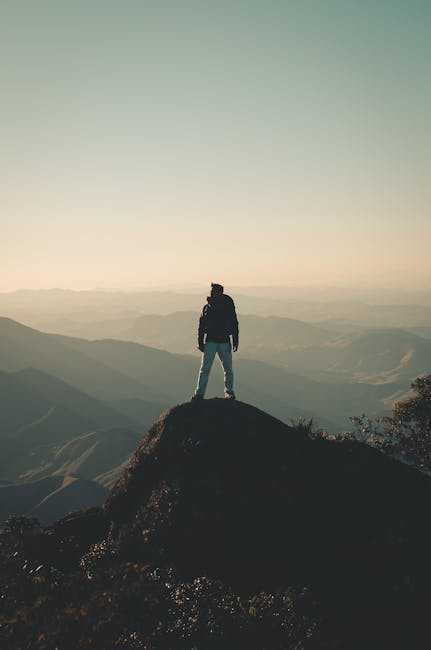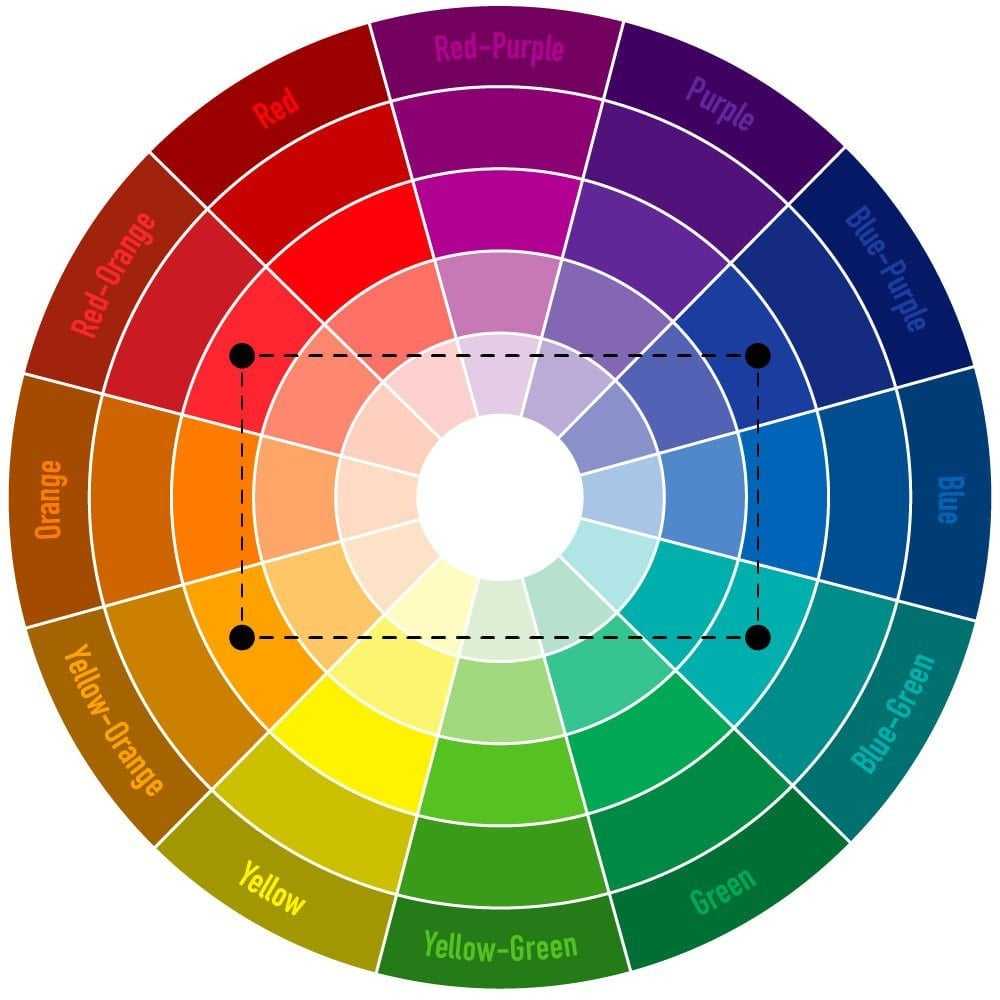Table of Contents
- Exploring the Rich History and Evolution of Landscape Painting
- Techniques and Tools: Mastering the Art of Capturing Nature
- Choosing the Right Color Palette for Stunning Landscape Compositions
- Displaying and Caring for Your Landscape Paintings
- Q&A
- Concluding Remarks


Exploring the Rich History and Evolution of Landscape Painting
Landscape painting, with its captivating ability to capture the beauty of nature, has undergone significant transformations from its early beginnings to modern interpretations. Initially steeped in the traditions of the ancient world, early landscape artists often depicted nature in the background, primarily serving as settings for religious or historical narratives. The Renaissance marked a pivotal shift as artists began to emphasize natural landscapes, blending human experience with the serene beauty of the environment. Iconic figures like Leonardo da Vinci and Raphael set the stage for this evolution, inspiring a new appreciation for the harmonious relationship between humans and nature.
As we moved into the Baroque period, landscape painting took on a distinct character, characterized by dramatic scenes and emotional depth. Artists like Jacob van Ruisdael and Claude Lorrain showcased the power of light and shadow, imbuing their works with a sense of movement and grandeur. These compositions often featured majestic skies, rolling hills, and tranquil waters, conveying both the majesty of nature and the human spirit’s fragility amidst its vastness. The intimate portrayal of landscapes during this time inspired a greater cultural connection to the environment, setting the tone for future generations of artists.
Entering the 19th century, the landscape painting genre witnessed the rise of various movements, each contributing a unique perspective. The Romantic movement celebrated the sublime and the tumultuous forces of nature, with artists like J.M.W. Turner experimenting with light and color to evoke emotion. In contrast, the Impressionists, led by figures such as Claude Monet, shifted the focus to the fleeting effects of light and atmosphere, encouraging viewers to witness nature’s beauty in real time. This era highlighted the importance of personal perception and emotional response, further expanding the boundaries of landscape art.
Today’s landscape painting continues to evolve, embracing both traditional techniques and contemporary themes. Artists are now blending various mediums, including photography and digital art, to express landscapes that reflect cultural narratives and ecological concerns. The emergence of environmental art exemplifies this blend, as artists use their craft to raise awareness about sustainability and climate change. By examining our ever-changing landscapes, modern painters invite dialogue on environmental responsibility, reminding us of the delicate balance between humanity and nature.
Techniques and Tools: Mastering the Art of Capturing Nature
Finding the right balance between technique and inspiration is essential for creating stunning landscape paintings. Artists often employ a variety of methods to capture the essence of nature effectively. Common techniques include glazing, wet-on-wet, and splattering, each offering its own unique aesthetics. For instance, glazing allows for depth and richness in colors, best suited for capturing the play of light on water or foliage, while wet-on-wet can produce soft transitions and an ethereal quality that echoes the serenity of a foggy morning. Splattering can add an element of surprise, creating textures that mimic the natural chaos found in the wild.
In addition to techniques, the right tools play a fundamental role in achieving captivating results. Brushes in various shapes—flat, round, and fan—help artists create everything from fine details to broad strokes. Selecting the right canvas type is equally important; many artists prefer canvas boards or watercolor paper depending on the medium used. Each tool has its merits, ensuring that whether you’re layering oil paints to build up intricate landscapes or using acrylics for a speedy yet vibrant finish, your vision can be realized seamlessly.
Understanding and mastering color theory is also vital. The emotional resonance of landscapes is often tied to color choices. Artists may opt for a complementary palette to create striking contrasts or choose analogous colors for harmonious blending. As a practical exercise, create a color wheel and experiment with mixing primary colors to establish a sense of mood in your paintings. This can help in defining light and shadow, adding layers of depth to the visual narrative you wish to convey.
| Technique | Description | Best For |
|---|---|---|
| Glazing | Layering transparent colors to create depth | Capturing reflections and light |
| Wet-on-Wet | Applying paint on wet surface for soft edges | Creating atmospheric effects |
| Splattering | Random paint application for texture | Mimicking natural chaos and randomness |


Choosing the Right Color Palette for Stunning Landscape Compositions
When you venture into the world of landscape painting, the selection of your color palette plays a pivotal role in conveying mood, depth, and emotion within your composition. Choosing a well-balanced palette can highlight the natural beauty of your subject matter while providing a harmonious visual flow. Consider using a triadic color scheme, which employs three colors evenly spaced on the color wheel, to create vibrant contrasts that can enhance your landscape’s features. This approach can dynamically invigorate skies, mountains, and foliage, providing visual tension that captivates the viewer’s attention.
To achieve a stunning representation of light and shadow, focus on the temperature of your colors. Warm colors, such as yellows and reds, can evoke feelings of warmth and comfort, perfect for sunlit meadows or autumnal scenes. Conversely, cooler hues like blues and greens can impart a sense of tranquility, ideal for serene lakes or misty mountains. Striking a balance between these warm and cool tones not only adds dimension but also precisely captures the atmospheric conditions of the landscape you’re portraying.
Another key aspect is the emotional connection that color can forge. Use color to tell a story or express a feeling. For instance, a stormy scene might utilize darker tones with hints of blue and gray, while a spring landscape could burst with vibrant greens and pastels. This connection can be amplified by employing monochromatic schemes that explore various shades of a single color. This method can result in a more cohesive look and feel, allowing viewers to experience the landscape as a unified piece.
Don’t shy away from experimenting with unconventional palettes that can make your artwork stand out. Utilizing complementary colors—colors opposite each other on the color wheel—can generate striking effects. For example, the vibrant clash of a rich orange with a deep blue can invigorate your canvas and stimulate interest. Below is a simple table showcasing effective color combinations to inspire your next landscape painting:
| Color Combination | Effect |
|---|---|
| Blue & Orange | Vibrant contrast, energetic feel |
| Green & Red | Natural yet dramatic impact |
| Yellow & Purple | Playful, whimsical vibes |


Displaying and Caring for Your Landscape Paintings
Displaying landscape paintings in your home or office can transform any space, creating a serene atmosphere that invites viewers to appreciate the beauty of nature. When selecting the right location for your artwork, consider areas with ample natural light but avoid direct sunlight, which can fade colors over time. A few ideal spots include:
- Above a sofa or console table
- In a hallway with good lighting
- On a feature wall in a dining area
- Near a window where it can complement the outside view
Once you’ve determined the perfect placement, think about the frame. The right frame can elevate your painting, highlighting its features without overshadowing it. Opt for frames that complement the landscape’s color palette or the style of your interior decor. Common choices include:
- Simple wooden frames for a rustic feel
- Metal frames for a modern look
- Ornate frames to add a touch of elegance
Caring for your landscape paintings is crucial for their longevity. Regular dusting with a soft, lint-free cloth can prevent dirt accumulation, while avoiding cleaning solutions is essential to keep your artwork in pristine condition. Consider the following care tips:
- Keep the painting away from moisture-prone areas to prevent mold.
- Ensure a stable temperature to avoid fading and cracking.
- Avoid hanging near heating vents or fireplaces that can warp the canvas.
Additionally, if your paintings feature delicate materials such as pastels or watercolors, consider using UV-protective glass or acrylic when framing. This extra layer can shield your artwork from harmful rays, further preserving its colors and vibrancy. Here’s a simple comparison to consider when choosing framing options:
| Type of Glass | Protection Level | Price Range |
|---|---|---|
| Regular Glass | Basic protection | Low |
| UV-Filtered Glass | Excellent protection against fading | Medium |
| Acrylic with UV Protection | Best protection & shatter-resistant | Higher |
